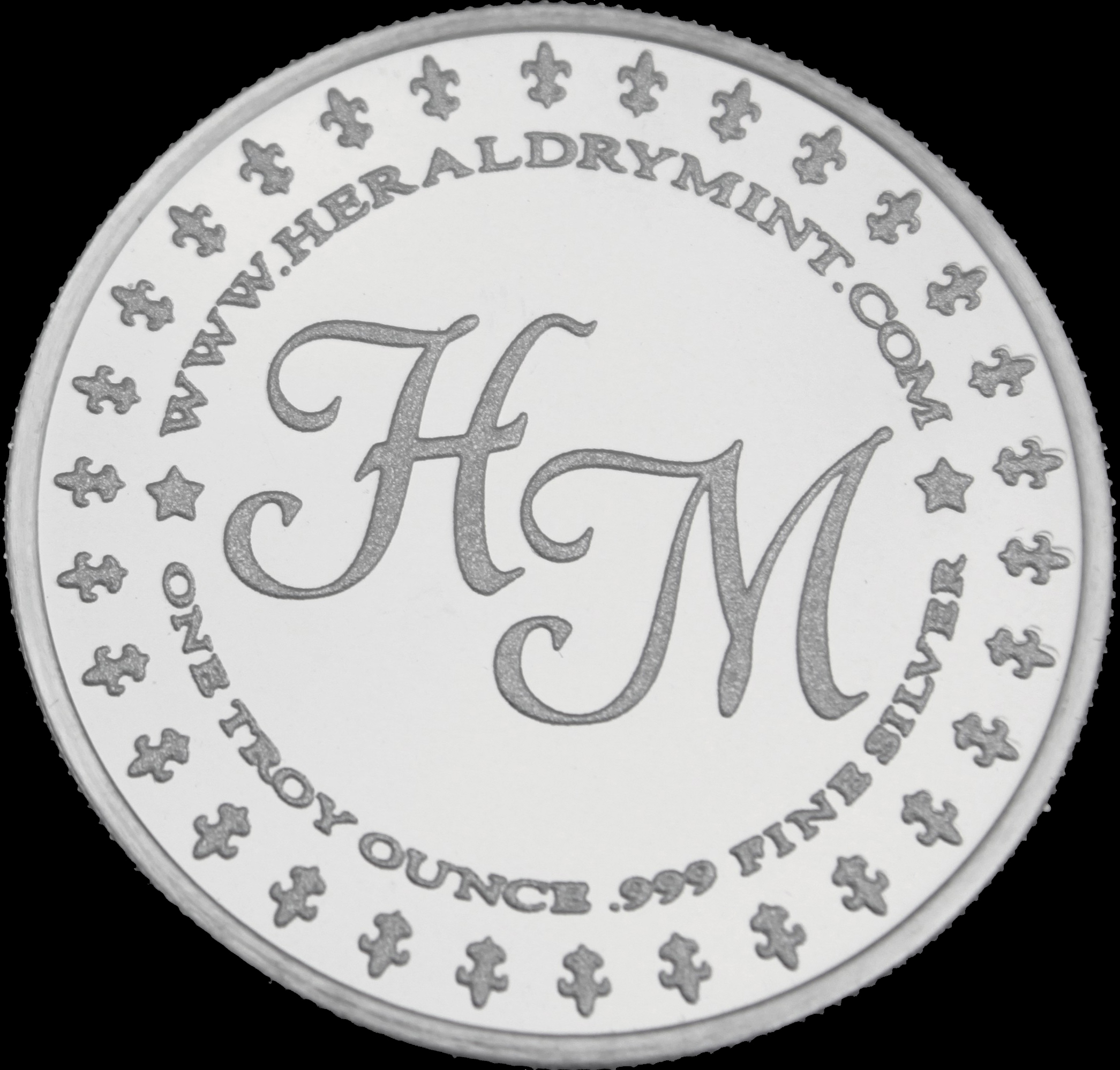
| |||
| The development of heraldry by British settlers in North America was slow, and was curtailed by the Revolution. However, the colonization of the central and western areas by the Spanish and French, in the 16th and 17th centuries, gave rise to a parallel, separate heraldic development. The division of the continent between the major European powers fragmented the exercise of heraldic authority in what would become the United States. A comparison of the heraldic regulation exercised by the British in eastern North America, and by the Spanish in the western territories, suggests some of the differences in the colonizing methods of the two powers. | |||
| Congress set Benjamin Franklin, John Adams and Thomas Jefferson to the task of designing the arms of the new republic of 4 July 1776, the great seal of the US presidents, the main design of which dates from 1782. The Eagle is used in Heraldry as a charge, as a supporter, and as a crest. Parts of the eagle’s body such as its head, wings or leg are also used as a charge or crest. Eagle symbolized strength, courage, farsightedness and immortality. It is considered to be the king of the air and the messenger of the highest Gods. Myth logically, it is connected by the Greeks with the God Zeus, by the Romans with Jupiter, by the Germanic tribes with Odin, by the Judeo-Christian scriptures with God, and in Christian art with Saint John the Evangelist. |
England | France | The Americas | Ireland
Home Disclaimer Contact Us

